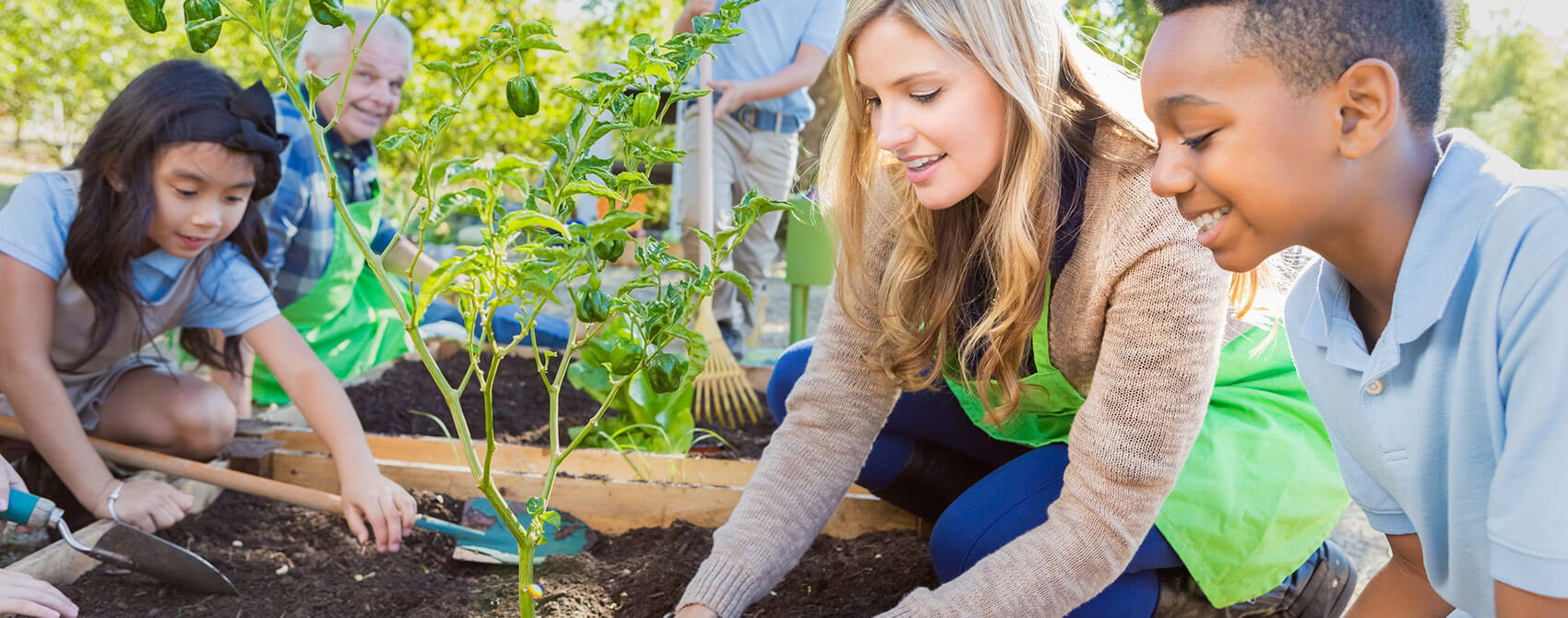The urbanization of society has led to the fact that people gradually ceased to consider themselves part of nature and https://argoprep.com/blog/building-professional-learning-communities/. But a bag of garbage thrown in the forest is not just a nasty act, but a mechanism that triggers a chain of certain events. Events with a negative context for our planet.
The researchers of the Mariana Trench found a plastic bag at a depth of 10 thousand meters – an amazing find for this place. By the way, more than a third of what was raised from the depths of the depression was microplastics. And at a depth of 6 thousand meters, it is even more – about half of the total mass collected for research.
To prove to a child the urgency of environmental problems and https://argoprep.com/blog/restorative-justice-in-schools/, it is not enough to educate him in a respectful attitude towards nature. Systematic educational work is important, the essence of which boils down to the formation of environmental thinking based on an active life position. And the sooner you start, the better.
The age of 3-6 years – the time of intensive knowledge of the surrounding world – is optimal for starting eco-education.
Tasks of ecological education of preschool children:
to acquaint with nature, its phenomena, features of the interaction of the animal and plant worlds;
form cause-and-effect relationships between human actions and consequences for nature;
create an idea of the diversity of elements of the biosphere and ways to protect them;
to instill the skills of ecological behavior in different natural locations (in the forest, on the water, etc.);
direct the natural curiosity of the child to the eco-sphere.
The main goal of environmental education of preschoolers is the formation of a responsible attitude to the resources of the planet. And not in a theoretical plane, but in practice – in everyday life.
